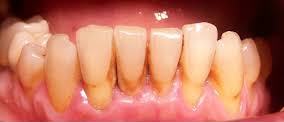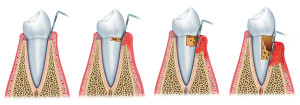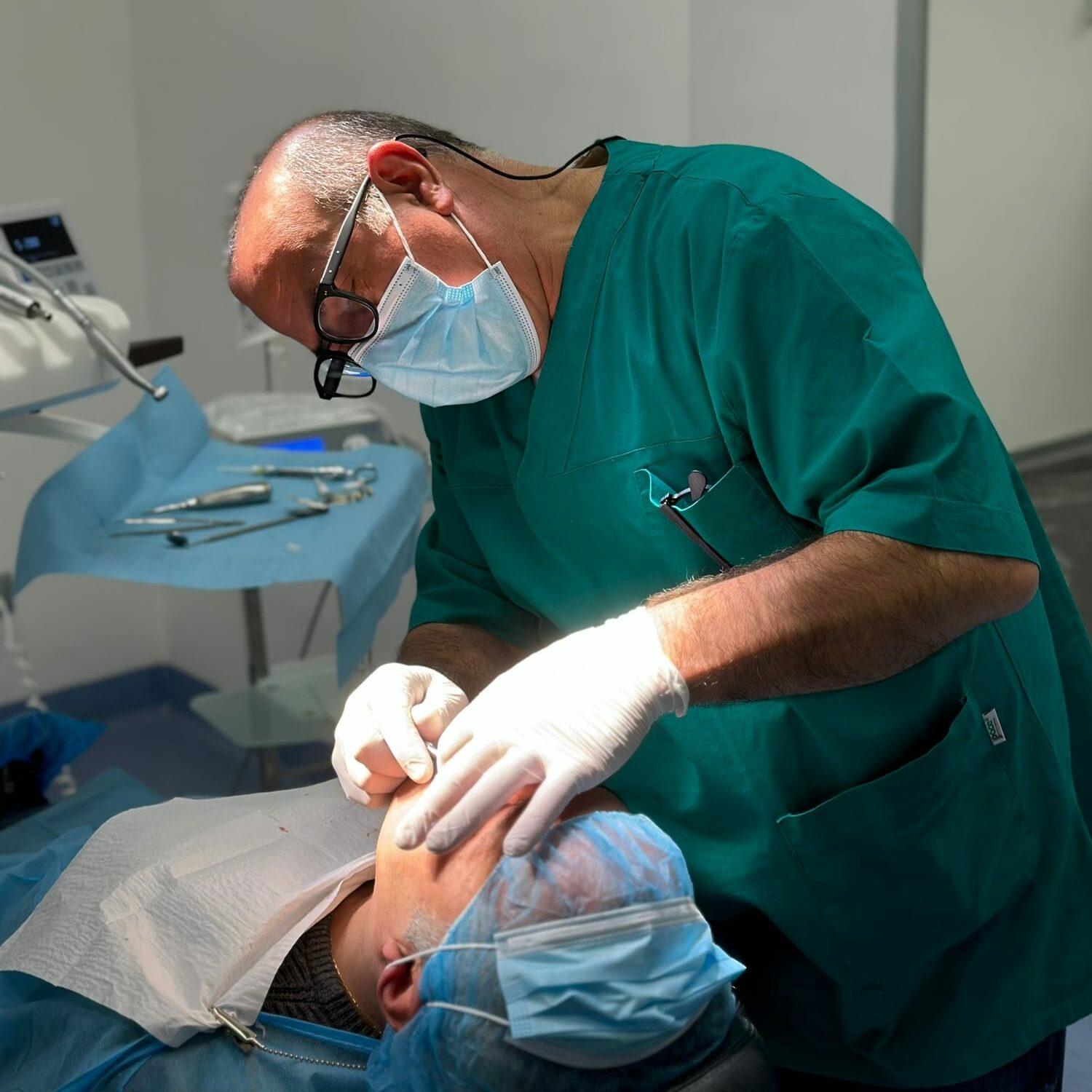Pain after root canal treatment has an incidence of between 3% and 80% of maximum, mainly within the first 24 hours after surgery.
Manage pain after endodontic treatment
To manage endodontic pain after surgery, the dentist usually uses:
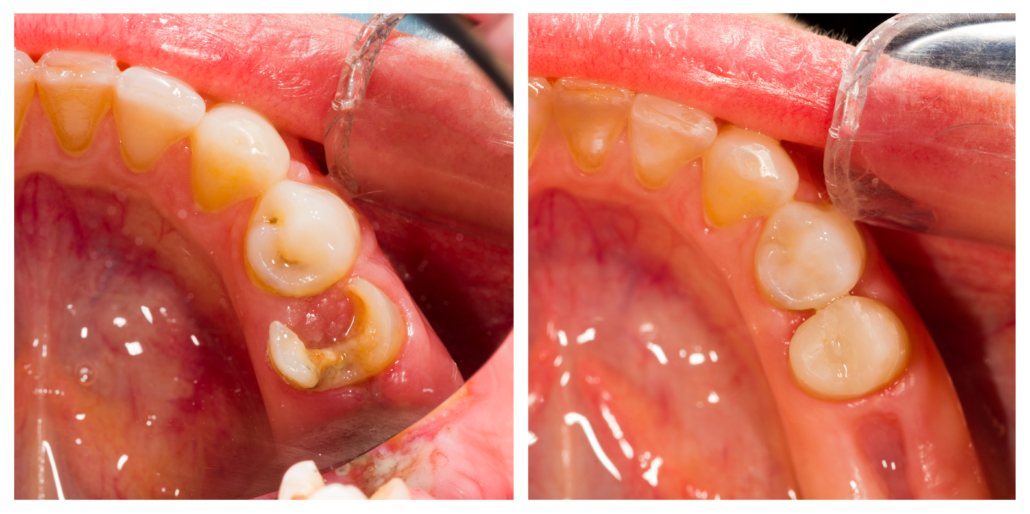
- the use of anesthetics with long-lasting solutions;
- the use of anesthetics with long-lasting solutions;
- cryotherapy;
- intracanal dressings;
- laser therapy;
- occlusal reduction.
Occlusal reduction to reduce pain after root canal treatment
In a research published in the International Endodontic Journal of September 2020, the effectiveness of occlusal reduction was evaluated to limit pain after root canal treatment.
The study was conducted on a sample of patients, specifically 308, divided into two groups.
Occlusal reduction was performed on one of the two groups following an endodontic treatment, the second group was used as a control group.
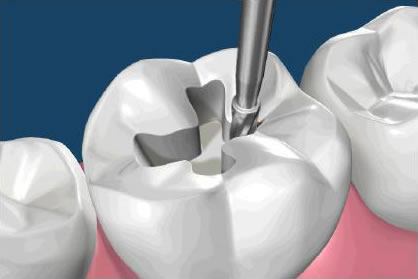
Patients rated their pain using the numerical value from 0 to 10 on the rating scale (NRS) at 6, 12, 24 and 48 hours after the first visit, post-instrumentation, and at 6 and 12 hours after root canal filling. , post-obturation.
Among the data recorded for the purpose of the evaluation there is also the patient’s intake of drugs – placebo or analgesics – after instrumentation and post-obturation.
The results of the research
The occlusal reduction resulted in a lower pain intensity than no occlusal reduction at 12 and 24 hours after the instrumentation.
There was no significant difference in the intake of drugs, placebo or analgesic, between the two groups.
The occlusal reduction is therefore an effective dental technique in reducing the intensity of pain after root canal treatment.
It was also concluded that occlusal reduction can lower the risk of moderate to severe pain by approximately 40% in the 12 hours after root canal instrumentation and the overall risk of pain by 25% in the 24 hours after instrumentation.







